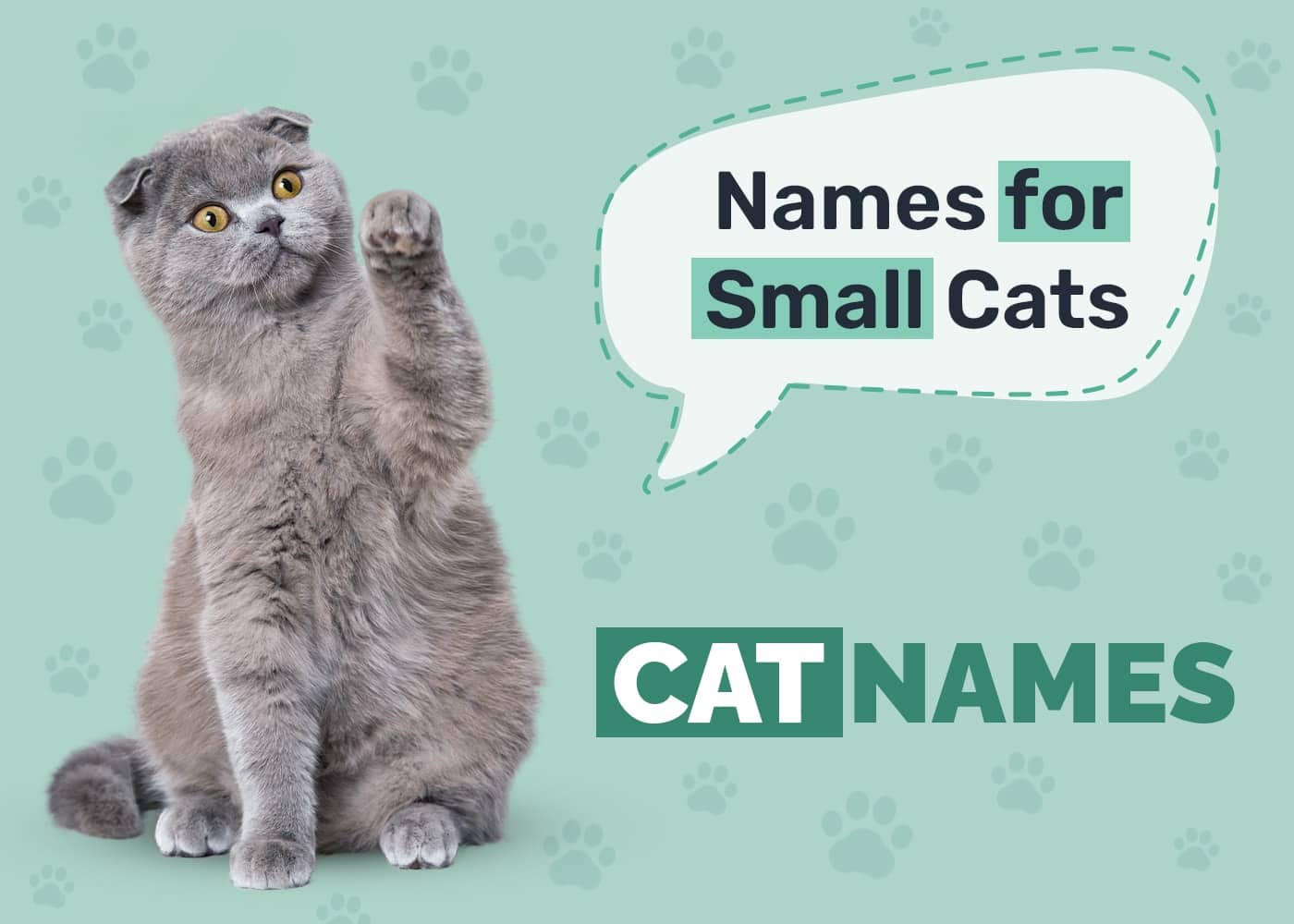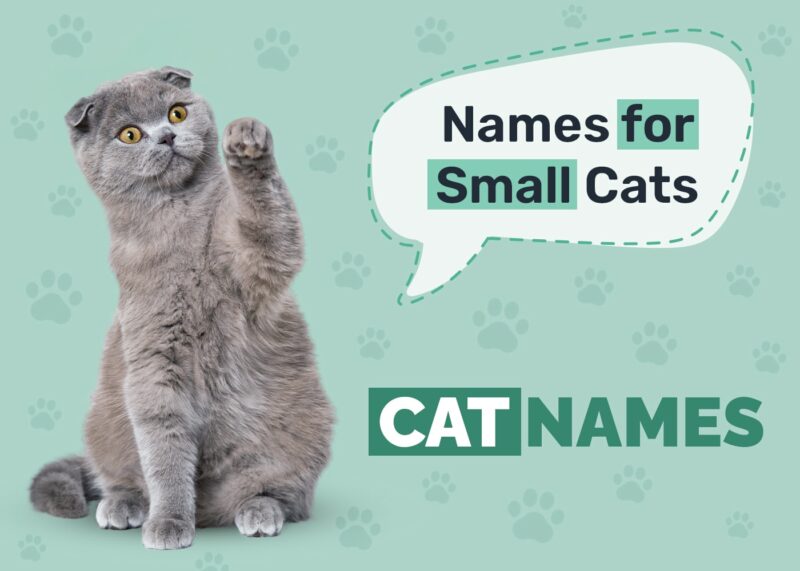Click on the name category you would like to review first:
Finding the perfect name for your small cat can be hard. You’ll want to find the perfect name that fits them, perhaps based on their personality or their small size.
However, we’re here to help! We’ve compiled a list of possible names for your new furry friend and have made sure to include different themes and kinds of names so you can find the perfect name for your new tiny feline. Let’s dive in!
How to Name Your Tiny Cat
You may want a very common name for your cat, like “Luna” or “Max,” or you may want a cool, unique name. There are many different options to name your cat, so be sure to think about what kind of name you’d like your new cat to have.
Do you want to name your cat after some great characters? Do you want a name that fits their personality perfectly? The possibilities are endless. You could start by picking a specific letter you’d like your cat’s name to start with. Perhaps something common like an A or C, or maybe even an uncommon Y or Z name.
The name you choose will be your cat’s name for the rest of their life, so make sure it’s a suitable one. Tiny cats can be very speedy and rowdy cats, or they can be cute and cuddly. Your cat could look like a tiny puffball, or maybe they look scruffy. The name you choose could depend on many, many different factors.
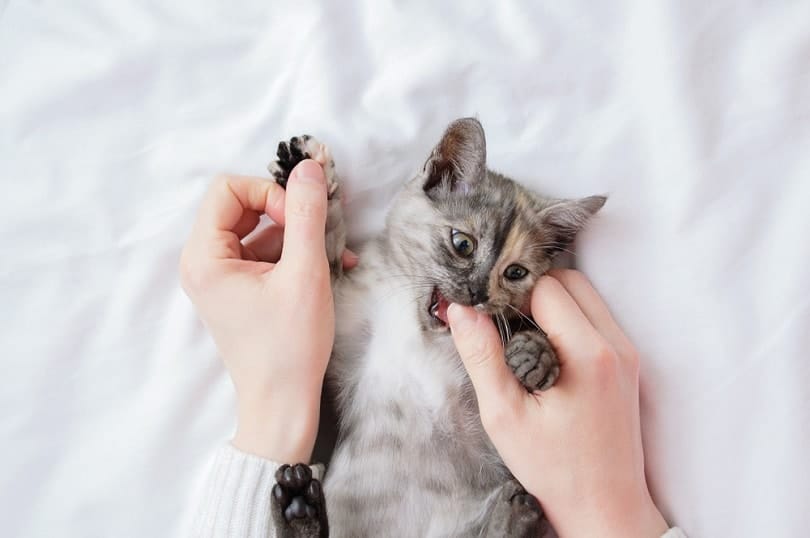
Tiny Names for Your Tiny Cat
Of course, the easiest thing to do would be to name your tiny cat after something cute and small. We chose the cutest and sweetest little names for your tiny cat.
- Abby
- Archie
- Bean
- Bella
- Benny
- Biscuit
- Bitsy
- Boo
- Button
- Callie
- Charlie
- Chip
- Chloe
- Coco
- Daisy
- Dinky
- Dot
- Dusty
- Emmy
- Finn
- Flicker
- Fluffy
- Frankie
- Fuzzy
- Ginger
- Gus
- Izzy
- Jack
- Jelly
- Jodie
- Kiki
- Leo
- Lily
- Loki
- Luna
- Macy
- Mia
- Milo
- Mimi
- Muffin
- Munchkin
- Nacho
- Nala
- Nibbles
- Noodle
- Nugget
- Olive
- Oliver
- Oreo
- Parker
- Paws
- Peanut
- Penny
- Pickle
- Pippin
- Pixie
- Pogo
- Poppy
- Puddle
- Puffy
- Rocky
- Ruby
- Rusty
- Sadie
- Simba
- Skittles
- Smudge
- Snicker
- Speck
- Sprinkle
- Sprout
- Squeak
- Squirt
- Teddy
- Tinker
- Tiny
- Titch
- Toby
- Toot
- Twinkle
- Whiskers
- Willow
- Winky
- Ziggy
- Zippy
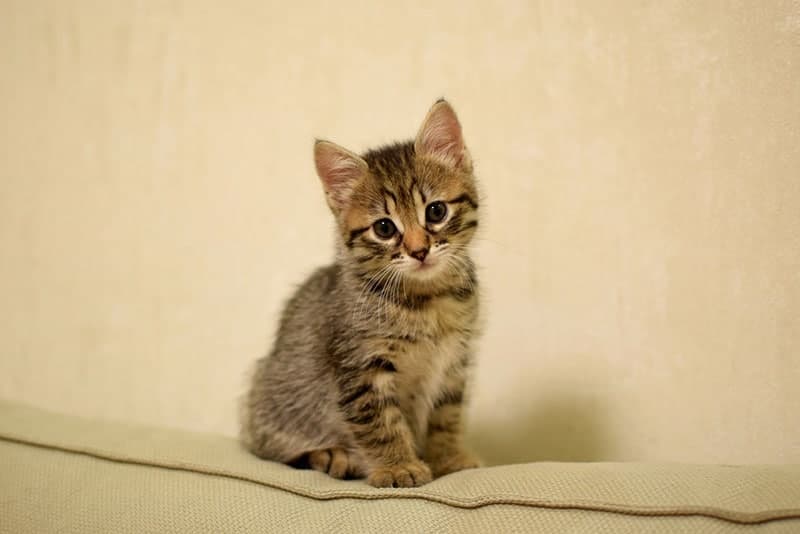
Sweet Names for Your Female Tiny Cat
If you have a sweet female tiny cat, these names are ideal. This list compiles some of the best, most popular, and unique names for your tiny cat.
- Baby
- Blossom
- Bubbles
- Bunny
- Buttercup
- Cherry
- Cookie
- Cuddles
- Cupcake
- Cutie Pie
- Daisy Mae
- Dolly
- Ellie
- Fifi
- Gigi
- Hazel
- Honey
- Kitty
- Ladybug
- Lola
- Lulu
- Maisie
- Maisy
- Millie
- Missy
- Misty
- Molly
- Peach
- Pebbles
- Pippa
- Poppy
- Princess
- Rosie
- Rosie Posie
- Snickers
- Snowflake
- Sparkle
- Sugar
- Sweet Pea
- Sweetie
- Tilly
- Zoey
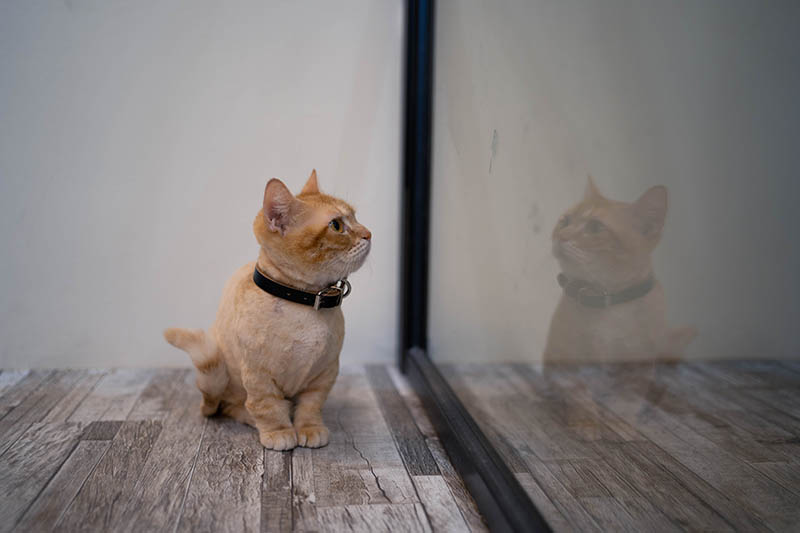
Rowdy Names for Your Male Tiny Cat
Do you have a rowdy, fun-loving male cat? Does your male just love to play fight and run around? Then these names are for you. We’ve compiled these different male names for you to pick out your favorites for your tiny cat.
- Ace
- Axle
- Bandit
- Blade
- Blaze
- Blitz
- Bolt
- Brawler
- Bruiser
- Bullet
- Chaos
- Crash
- Crusher
- Dagger
- Dash
- Diablo
- Diesel
- Fang
- Flash
- Gator
- Gunner
- Hulk
- Hunter
- Jagger
- Jax
- Jett
- Jinx
- Joker
- Knuckles
- Maverick
- Max
- Nitro
- Puck
- Rambo
- Rascal
- Reaper
- Rebel
- Riot
- Ripper
- Riptide
- Rocco
- Rocket
- Rowdy
- Ruckus
- Saber
- Scrapper
- Slash
- Spike
- Tank
- Thor
- Thunder
- Trigger
- Turbo
- Tyson
- Viper
- Zeke
- Zephyr
- Zorro
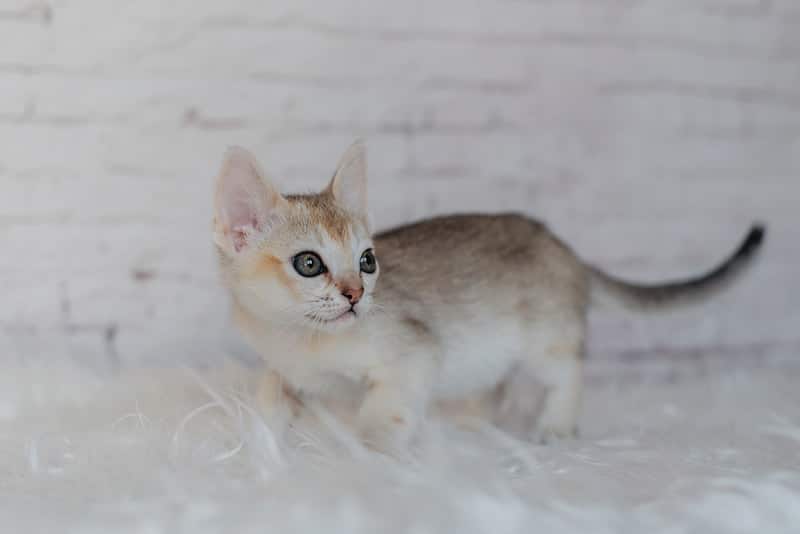
Tiny Cat Names Based on Fictional Characters
Does your tiny cat remind you of your favorite fictional character? Maybe it’s a character from your favorite book series or movie, or maybe just a character you think your tiny cat would relate to. Either way, we have names here just for you.
- Abu
- Aladdin
- Aragorn
- Ariel
- Arwen
- Belle
- Bilbo
- Buzz
- Dobby
- Donald
- Dory
- Elsa
- Finnick
- Frodo
- Gandalf
- Ginny
- Goofy
- Harry
- Hermione
- Jasmine
- Jessie
- Katniss
- Lumière
- Mickey
- Mike
- Minnie
- Mulan
- Nemo
- Neville
- Olaf
- Peeta
- Peter
- Primrose
- Pumbaa
- Rex
- Ron
- Rue
- Sebastian
- Slinky
- Stitch
- Sulley
- Timon
- Tinkerbell
- Wendy
- Woody
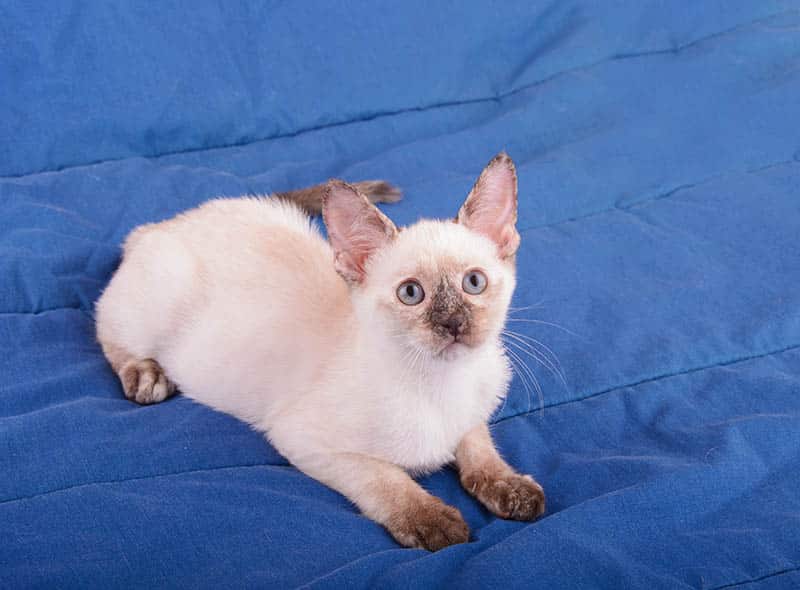
Unconventional Names for a Tiny Cat
Do you want a name that no one else has chosen for their tiny cat? Then this list is perfect for you. These unconventional names are rare in the cat world, and one of them may just be the right name for your new tiny cat.
- Binky
- Blink
- Bounce
- Bumble
- Chai
- Chirp
- Cinders
- Delcatty
- Dimples
- Dizzy
- Doodle
- Doodlebug
- Echo
- Eevee
- Espeon
- Espurr
- Fidget
- Fizz
- Flapjack
- Flareon
- Flibbertigibbet
- Flutter
- Furret
- Fuzzball
- Fuzzbucket
- Gizmo
- Glaceon
- Glameow
- Glimmer
- Hiccup
- Jangle
- Jitterbug
- Jolteon
- Jumble
- Leafeon
- Liepard
- Litten
- Luxio
- Luxray
- Meowstic
- Meowth
- Mew
- Mischief
- Moxie
- Nimbus
- Persian
- Pipsqueak
- Pixel
- Pounce
- Purrloin
- Purugly
- Pyroar
- Quibble
- Quirk
- Sentret
- Shinx
- Sizzle
- Skitty
- Snickerdoodle
- Snippet
- Sprig
- Spritz
- Sprocket
- Squee
- Squiggle
- Swizzle
- Sylveon
- Trinket
- Twitch
- Umbreon
- Vaporeon
- Whim
- Whimsy
- Whisker
- Whiskerdo
- Whistle
- Wiggle
- Wisp
- Wobble
- Wobblekins
- Wriggle
- Zest
- Zigzag
- Zing
- Zuzu
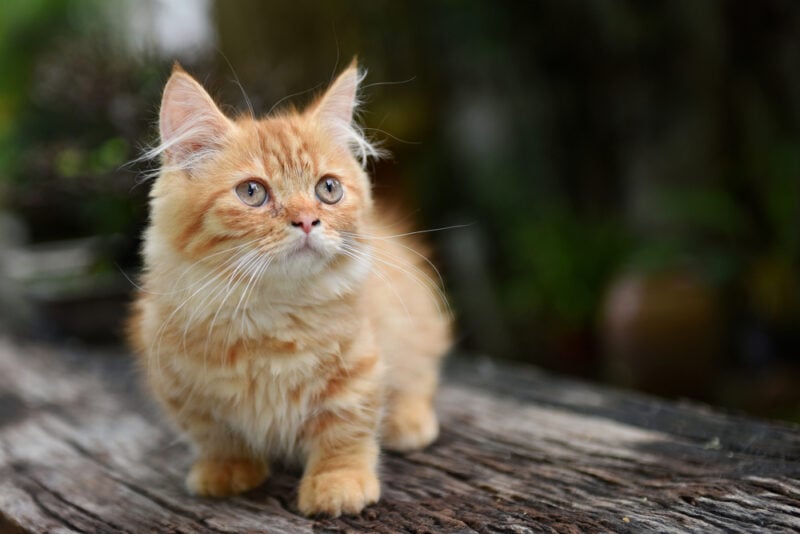
Conclusion
Choosing a name for your tiny cat can be an exciting and enjoyable process. Whether you prefer cute, rowdy, fictional, unconventional, or even Pokemon-inspired names, there is a vast array of options to consider. The name you choose can reflect your cat’s personality and appearance or simply resonate with your own personal preferences.
Remember, the most important thing is to select a name that you and your tiny feline companion connect with. So, take your time, explore various possibilities, and ultimately choose a name that will bring joy and delight to both you and your tiny cat for years to come. Happy naming!
See also:
- 100+ Sassy Cat Names: Ideas for Bold & Feisty Cats
- 100+ Movie-Inspired Cat Names – Disney, Famous, & Colored Cat Names
Featured Image Credit: Anasttrofimova20, Shutterstock

